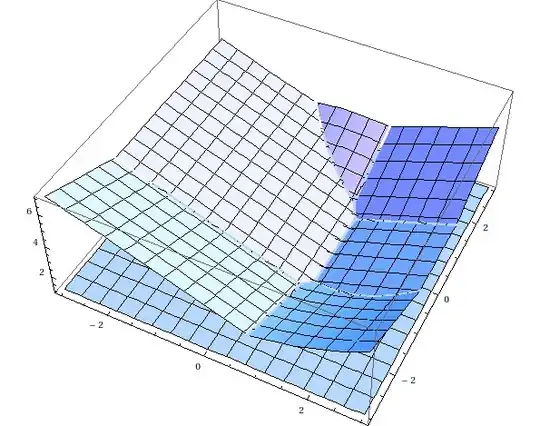Find all closest lines $p(x)=ax+b$ to $f(x)=x^2$ in the $C^1[0,1]$ norm. Note that the best approximation is not unique
Attempt : Let $r(x)=x^2-ax-b$.
Then $\|r(x)\|_{C^1}=\max\{|r^{(i)}(x)| : 0 \le i \le 1 \}$
$\|r(x)\|_\infty=r(0)=|b|$ or $r\left(\frac{a}{2}\right)=\left|\frac{a^2}{4}+b\right|$ or $r(1)=|a+b-1|$
and $\|r^{(1)}(x)\|_\infty=r(0)=|a|$ or $r(1)=|a-2|$
at this moment I do not know what should I do, because $\|r(x)\|_\infty $change its value as $a$,and $b$ change. But when I subsitute some value on $a$ and $b$, $\|r(x)\|_{C^1}$ is always less than 1. So I quess If I find $ax+b$ which satisfies $r(x)=1$, it can be all closest line to $x^2$. It just quess. please give me a hint. Thank you
